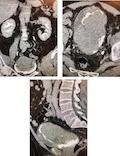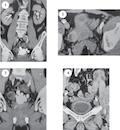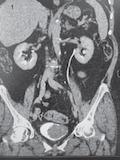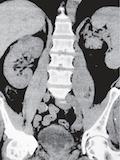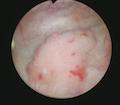You are here
Challenging Cases in Urothelial Cancer
Dear Readers,
Urothelial cancer of the urinary tract is common and affects a large number of men and women, result- ing in a reasonably large part of the work effort of urologists who take care of adults. Most of the urothe- lial tumors arise in the bladder but the same causative factors can lead similar tumors of the upper urinary tract and prostatic urethra. Due to the heterogeneous nature of these tumors as well as their propensity for “recurring” in time and location over the patient’s life the clinician is often in the position of decid- ing among often challenging treatment choices for his/her patient. Although there are published guide- lines many cases do not readily fit into a typical scenario, thus leaving ample room for decision mak- ing for the individual patient. We invite our readers to review and comment on the case and management by using the comment section below each case.
Sincerely,
Mark S. Soloway, MD
Memorial Physician Group, Division of Urology, Memorial Healthcare System, Hollywood, FL, USA








